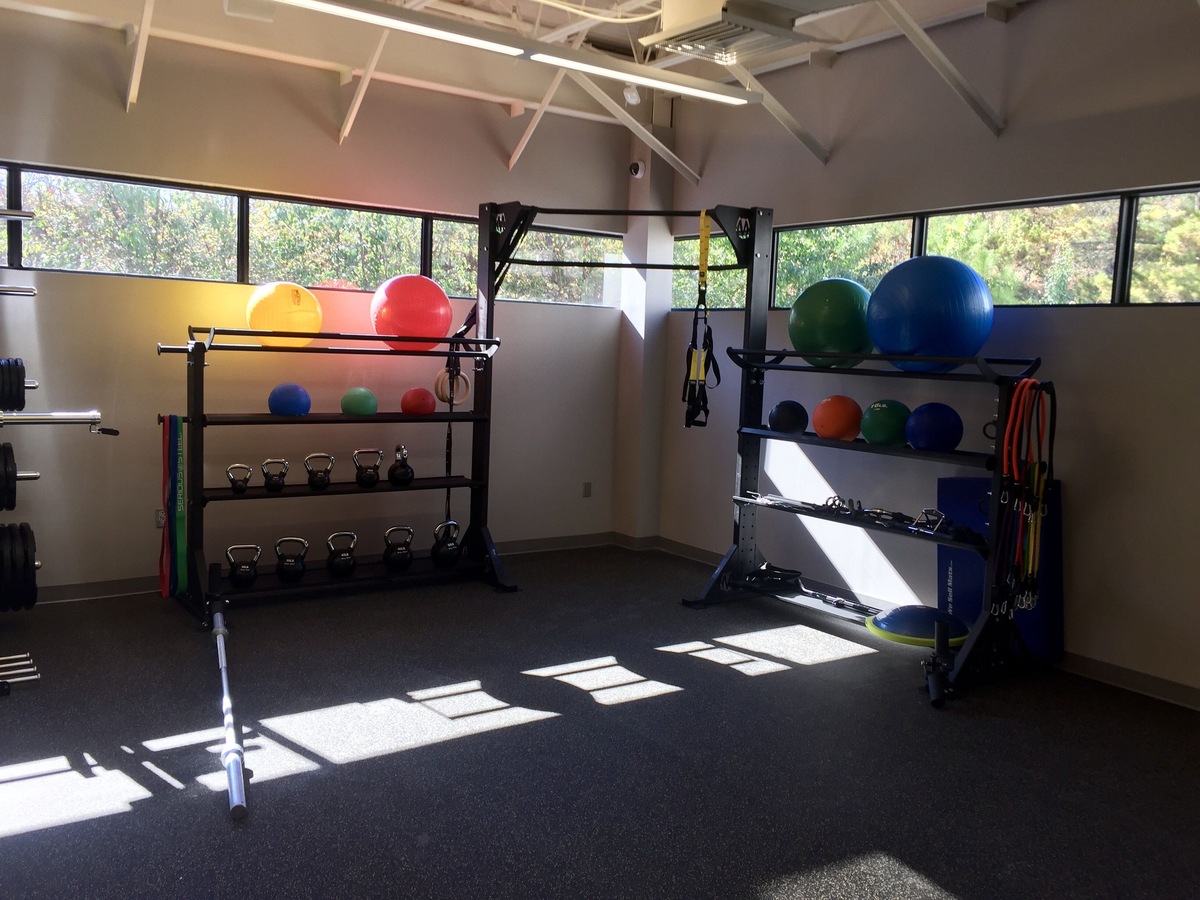

Articles
How To Store Workout Equipment
Modified: December 7, 2023
Learn the best methods for storing your workout equipment with our informative articles. Keep your space organized and your gear in top shape.
(Many of the links in this article redirect to a specific reviewed product. Your purchase of these products through affiliate links helps to generate commission for Storables.com, at no extra cost. Learn more)
Introduction
Creating a dedicated space for your workout equipment is crucial to maintaining an organized and efficient home gym. Whether you have a small corner or an entire room devoted to your workouts, properly storing your equipment is essential for both safety and convenience. This article will provide practical tips on how to store your workout equipment so that it stays in good condition, is easily accessible, and doesn’t take up valuable space in your home.
When it comes to storing workout equipment, there are a few key factors to consider. First and foremost, you want to ensure that your equipment is properly cleaned and maintained to prevent any damage or wear and tear. Secondly, you need to find appropriate storage solutions based on the size and type of equipment you have. Lastly, organizing workout accessories such as resistance bands, yoga mats, and workout clothes is essential to have everything readily accessible when you need it.
By following the tips outlined in this article, you can create a hassle-free storage system for your workout equipment, allowing you to focus on your fitness goals without the stress of clutter or disorganization.
Key Takeaways:
- Create a dedicated workout space with proper storage solutions, inspiring decor, and good lighting to stay motivated and focused on your fitness goals.
- Regularly clean, maintain, and organize your workout equipment and accessories to ensure longevity, safety, and a clutter-free workout space.
Creating a Dedicated Space for Workout Equipment
Having a dedicated space for your workout equipment not only ensures that they are easily accessible, but it also helps to create a motivating environment for your exercise routine. Here are some tips to help you create a dedicated space for your workout equipment:
- Choose the right location: Look for an area in your home that has enough space to accommodate your equipment. It could be a spare room, an unused corner in the basement, or even a portion of your living room. Consider factors such as natural light, ventilation, and privacy when selecting the location.
- Clear the area: Remove any unnecessary items from the space to make room for your workout equipment. Clearing the area not only provides enough space for your equipment but also minimizes the risk of accidents or injuries caused by tripping over objects.
- Use storage solutions: Invest in proper storage solutions to keep your workout equipment organized. Use shelves, hooks, or wall racks to store smaller items like dumbbells, resistance bands, and yoga mats. Consider installing a storage unit with compartments or shelves to store larger equipment such as weight benches or treadmills.
- Consider flooring options: Depending on your workout routine, you may want to consider adding suitable flooring to your dedicated space. Rubber mats or interlocking foam tiles provide cushioning and prevent damage to both your equipment and the floor.
- Create an inspiring atmosphere: Personalize your workout space by adding motivational posters, plants, or a sound system to enhance your exercise experience. Make it a place where you feel inspired and motivated to push yourself during your workouts.
- Keep it well-lit: Good lighting is essential for both safety and creating an inviting exercise space. Ensure that the area is well-lit, either with natural light or through the use of artificial lighting, to create a more energizing and comfortable environment.
Remember that creating a dedicated space for your workout equipment is not only about organizing your gear but also about creating a space that reflects your fitness goals and inspires you to stay committed to your exercise routine. With a well-designed workout space, you’ll be one step closer to achieving your fitness goals.
Properly Cleaning and Maintaining Workout Equipment
Maintaining clean and well-maintained workout equipment is not only important for hygiene but also for prolonging the lifespan of your gear. Regular cleaning and maintenance will help prevent the buildup of dirt, sweat, and bacteria, ensuring that your equipment remains safe and in optimal condition. Here are some tips for properly cleaning and maintaining your workout equipment:
- Read the manufacturer’s instructions: Before cleaning your equipment, carefully read the manufacturer’s instructions or user manual. Different materials and surfaces may require specific cleaning methods or products, and it’s important to follow these guidelines to avoid damaging your equipment.
- Wipe down equipment after each use: Develop a habit of wiping down your equipment after each use. Use a clean cloth or disinfecting wipes to remove sweat, dirt, and bacteria from surfaces. This helps prevent the accumulation of grime and keeps your equipment looking and smelling fresh.
- Deep clean on a regular basis: In addition to regular wipes, schedule deep cleaning sessions for your equipment. Use mild soap, warm water, and a soft brush or cloth to thoroughly clean surfaces. Pay attention to seams, crevices, and hard-to-reach areas where dirt and sweat may accumulate.
- Maintain proper lubrication: Check your equipment’s moving parts regularly and lubricate them as recommended by the manufacturer. This prevents excessive friction, squeaking, or damage to the equipment over time. Use appropriate lubricants such as silicone spray or oil that is specifically designed for fitness equipment.
- Inspect for wear and tear: Routinely inspect your equipment for any signs of damage or wear. Check for loose screws or bolts, frayed cables, and worn-out padding. Address any issues promptly to prevent further damage or potential accidents during your workouts.
- Store equipment in a clean and dry environment: After cleaning, make sure to store your equipment in a clean and dry environment. Moisture can encourage the growth of mold or bacteria, which can damage your equipment. If possible, consider investing in a dehumidifier for your workout space to maintain optimal conditions.
By following these cleaning and maintenance practices, you will not only ensure the longevity of your workout equipment, but also create a safer and more enjoyable exercise experience. Regular cleaning and care will help you get the most out of your gear and enjoy a hygienic workout environment.
Storing Small Workout Equipment
When it comes to small workout equipment like dumbbells, resistance bands, and yoga mats, proper storage is essential to keep them organized and easily accessible. Here are some tips to help you store your small workout equipment efficiently:
- Use storage bins or baskets: Invest in storage bins or baskets to keep your smaller equipment neatly organized. Label each bin or basket to easily locate the items you need.
- Consider wall-mounted storage solutions: If space is limited, consider installing wall-mounted storage solutions such as hooks or racks. This allows you to hang items like resistance bands or jump ropes, keeping them off the floor and saving valuable space.
- Utilize shelves or cubbies: Install shelves or cubbies in your workout area to store items like dumbbells, kettlebells, or small exercise balls. Arrange them in a visually pleasing manner so that they are easy to access when needed.
- Roll and hang yoga mats: Yoga mats can take up valuable floor space if not stored properly. Roll them up tightly and use straps or hooks to hang them on the wall. This not only saves space but also keeps them wrinkle-free and ready for your next yoga session.
- Group similar items together: Group similar items together to make them easier to find. For example, place all your resistance bands in one bin and your small workout accessories like hand grips or gliding discs in another.
- Utilize vertical space: If you have limited floor space, make use of vertical space. Install overhead shelves or wall-mounted hanging organizers to store your small equipment like hand weights or ankle weights.
Remember to keep your small workout equipment in a location that is easily accessible and visible. This will help you quickly find what you need and encourage you to use your equipment regularly.
Additionally, regularly declutter your storage area to get rid of any equipment that is no longer in use or has become damaged. This will help you streamline your workout space and ensure that you’re only storing items that are functional and necessary.
By following these tips, you can create an organized and efficient storage system for your small workout equipment, making it hassle-free to find and use them whenever you need.
To store workout equipment, consider using wall-mounted racks or shelves to save space and keep items organized. This will also make it easier to access your equipment when you need it.
Storing Large Workout Equipment
Storing large workout equipment can be a challenge due to their size and weight. Whether you have a treadmill, weight bench, or a rowing machine, here are some tips to help you store your large workout equipment effectively:
- Identify a dedicated space: Determine a specific area in your home where you can store your large equipment. This could be a spare room, garage, or a designated corner in your living space.
- Measure the dimensions: Before purchasing or storing large equipment, make sure to measure the dimensions of both the equipment and the storage space. This ensures that the equipment fits properly and allows for adequate clearance and maneuverability.
- Consider folding or collapsible options: If possible, look for large fitness equipment that can be folded or collapsed for easier storage. This is particularly beneficial if you have limited space.
- Disassemble if necessary: If your equipment can be disassembled, consider breaking it down into smaller components for storage purposes. This might involve removing handles, bars, or other detachable parts. Ensure you keep all the necessary tools and instructions for reassembling.
- Use protective covers: To protect your equipment from dust, moisture, and potential damage, use suitable covers. This will help keep your equipment clean and in good condition while not in use.
- Utilize vertical storage options: Make use of vertical space by storing large equipment upright whenever possible. For example, you can lean a treadmill against the wall or hang a rowing machine vertically if it has that option. Be sure to properly secure them to prevent accidents.
- Utilize storage racks or shelves: Invest in sturdy storage racks or shelves designed specifically for holding large equipment. These racks or shelves should be able to support the weight of your equipment and keep everything organized and easily accessible.
- Keep equipment away from moisture: Moisture can cause damage to your large workout equipment, so make sure to store them in a dry area. Avoid storing them near windows or in areas prone to dampness.
Remember to follow the manufacturer’s instructions for proper storage and maintenance. Some equipment may require specific storage conditions or regular maintenance routines to ensure longevity and safe operation.
Lastly, periodically check for any signs of wear and tear, loose bolts, or other issues that may affect the stability and safety of your equipment. Address any problems promptly to prevent accidents or further damage.
By implementing these storage tips for your large workout equipment, you can maximize your space efficiency and ensure that your equipment remains in good condition when not in use.
Read more: How To Store Workout Clothes
Organizing Workout Accessories
In addition to workout equipment, organizing your workout accessories is crucial to create an efficient and clutter-free workout space. From resistance bands to workout clothes, here are some tips to help you organize your workout accessories:
- Assign designated storage containers: Assign individual storage containers or bins for different types of accessories. For example, use one container for resistance bands, another for exercise balls, and another for small accessories like hand grips or ankle weights. Label each container for easy identification.
- Utilize hanging organizers: Hanging organizers are a versatile solution for storing various workout accessories. Install hooks or hanging rods where you can hang items like resistance bands, exercise bands, jump ropes, and towels. This keeps them within reach and prevents tangling.
- Utilize drawer dividers: Use drawer dividers to organize smaller workout accessories like fitness trackers, heart rate monitors, and exercise bands. This allows you to keep them neatly separated and easily accessible when needed.
- Roll and stack workout clothes: Instead of folding workout clothes, roll them to save space and prevent creasing. Stack them vertically in drawers or storage bins so that you can easily see and access each item. Consider using drawer dividers to further separate different types of clothing.
- Utilize wall-mounted hooks: Install hooks on the wall to hang items like yoga mats, foam rollers, and resistance bands. This not only keeps them off the floor but also adds a decorative element to your workout space.
- Use clear storage containers: Transparent or clear storage containers allow you to see the contents without having to open each container. This is especially helpful for storing smaller accessories like workout gloves, fitness trackers, or small pilates props.
- Keep frequently used items easily accessible: Arrange your accessories in a way that allows you to easily access the items you use most often. Place them within reach or in a more prominent location, while items used less frequently can be stored further away or in less accessible spaces.
- Regularly declutter: Periodically go through your workout accessories and declutter any items you no longer need or use. This helps keep your storage area organized and ensures that you only keep what is necessary and functional.
By implementing these organizing tips, you’ll create a streamlined and efficient system for your workout accessories. Not only will this make it easier to find what you need, but it will also help you maintain a clutter-free and motivating workout space.
Securing and Protecting Workout Equipment
Securing your workout equipment is not only important for the safety of yourself and others but also for the longevity of your equipment. Additionally, taking steps to protect your equipment from potential damage or theft ensures that it remains in good condition for years to come. Here are some tips for securing and protecting your workout equipment:
- Lock your storage area: If you have a dedicated room or area for your workout equipment, ensure that it is secure by installing a lock. This helps prevent unauthorized access and protects your equipment from theft.
- Use anchor or locking systems: For large equipment like treadmills or weight benches, use anchor or locking systems to secure them in place. This prevents them from tipping over during intense workouts or accidental collisions.
- Invest in equipment locks: For portable equipment or accessories, consider using equipment locks such as cable locks or combination locks. These can be used to secure items like bikes, weight plates, or resistance bands when not in use.
- Choose a secure storage location: If you store your workout equipment in a shared space or garage, choose a secure location. Ensure that doors and windows are locked, and consider installing security cameras or an alarm system for added protection.
- Use equipment covers: To protect your equipment from dust, dirt, and potential damage, consider using equipment covers. This is particularly important if your equipment is stored in an area prone to moisture or extreme temperatures.
- Regularly inspect and maintain equipment: Routinely inspect your equipment for any signs of damage or wear. Address any issues promptly to prevent further damage or accidents during use. Follow the manufacturer’s maintenance guidelines for optimal equipment performance.
- Protect against moisture: Moisture can be damaging to your workout equipment, so take precautions to protect them. Avoid placing equipment directly on the ground or near windows where they could be exposed to water or humidity. Consider using moisture-absorbing packs or a dehumidifier in your storage area to control humidity.
- Train with proper form and techniques: Using workout equipment with proper form and techniques helps prevent unnecessary strain or stress on the equipment. This can extend the lifespan of your equipment and minimize the risk of damage or breakage.
Remember to document and keep records of your equipment, including serial numbers and purchase receipts. This information can be invaluable if your equipment ever gets stolen or requires warranty-related servicing.
By taking these steps to secure and protect your workout equipment, you can enjoy peace of mind knowing that your equipment is safe, well-maintained, and ready for your next workout session.
Conclusion
Creating an organized and efficient storage system for your workout equipment is essential for maintaining a clean and functional home gym. Properly cleaning and maintaining your equipment ensures its longevity and performance, while effective storage solutions help keep your space clutter-free and easy to navigate.
By dedicating a specific area for your workout equipment and utilizing appropriate storage options, you can maximize the use of your space and easily access the tools you need for your workouts. Cleaning equipment regularly and following manufacturer’s instructions helps prevent damage and extends its lifespan.
Whether you have small workout accessories or large equipment, implementing storage tips such as using bins, shelves, wall racks, and dividers allows for easy organization and quick retrieval. Additionally, securing your equipment and taking steps to protect it from damage or theft gives you peace of mind and ensures its longevity.
Remember, maintaining an organized workout space not only enhances your exercise experience but also motivates you to stay consistent with your fitness routine. Creating a dedicated space for your workout equipment and accessories helps you stay focused, saves time when searching for items, and ultimately encourages you to achieve your fitness goals.
By following the tips and strategies outlined in this article, you can create a well-organized, clean, and efficient storage system that will keep your workout equipment in top condition. Take the time to set up an organized space, regularly clean and maintain your equipment, and implement strategies to protect your gear. Doing so will ensure that your workouts remain enjoyable, safe, and effective for years to come.
Frequently Asked Questions about How To Store Workout Equipment
Was this page helpful?
At Storables.com, we guarantee accurate and reliable information. Our content, validated by Expert Board Contributors, is crafted following stringent Editorial Policies. We're committed to providing you with well-researched, expert-backed insights for all your informational needs.
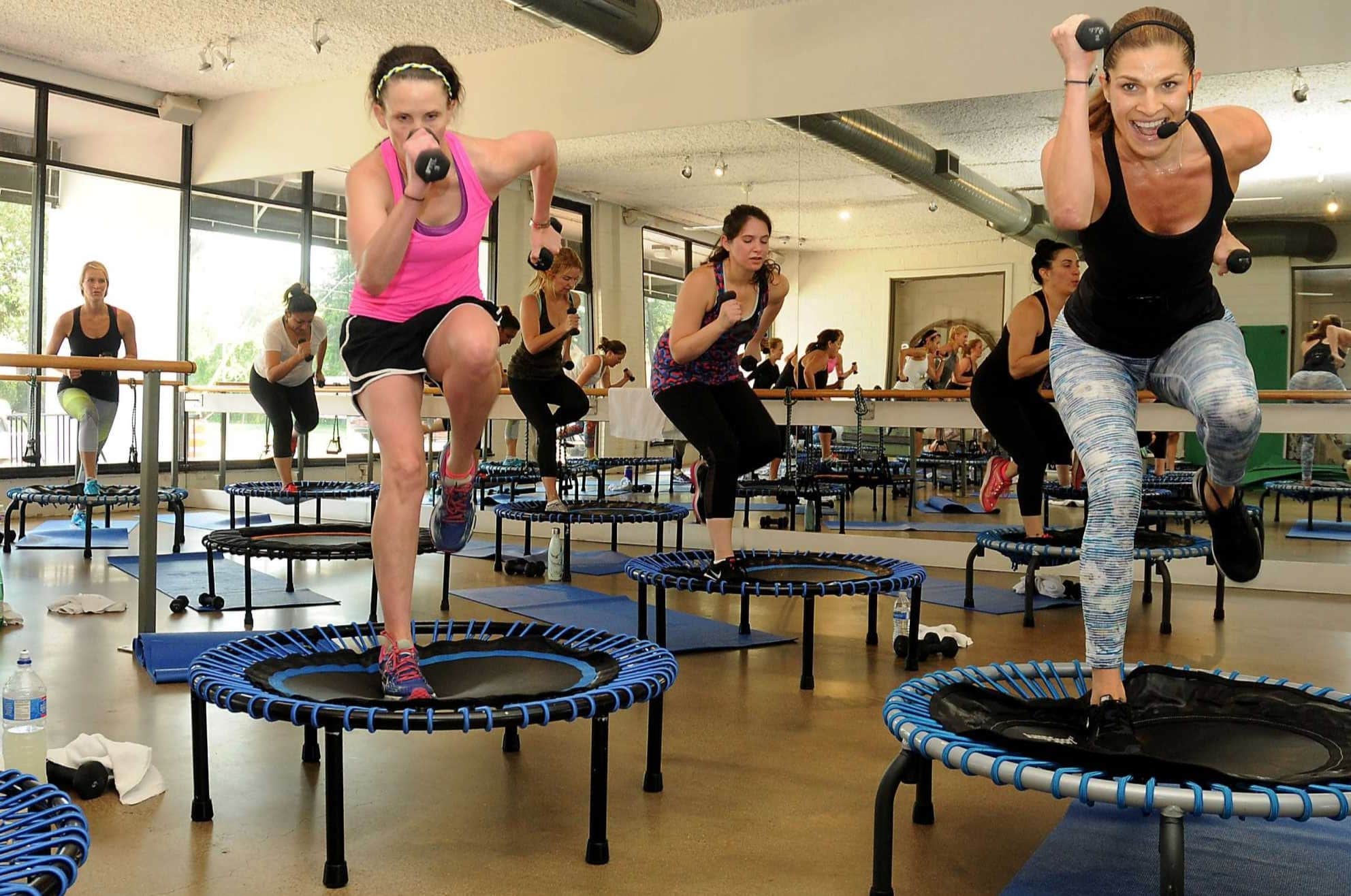
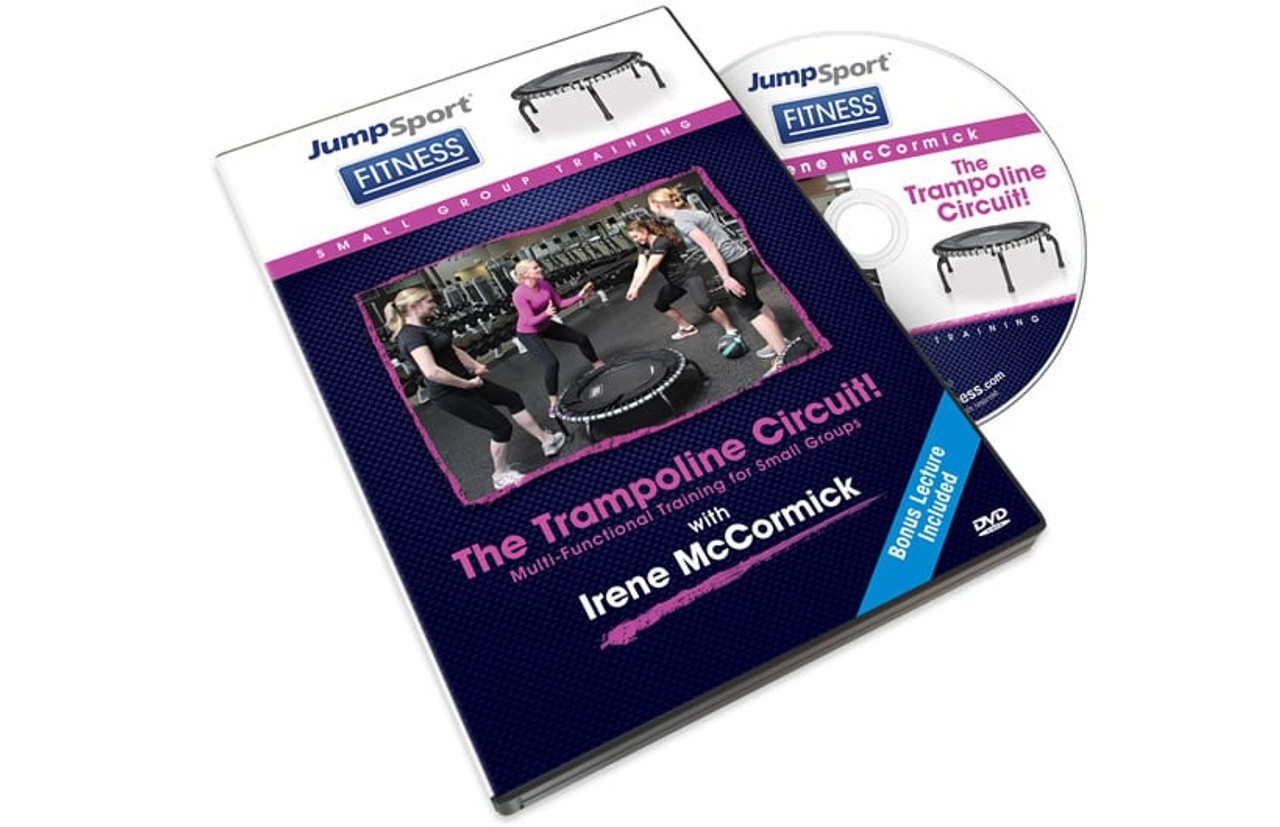
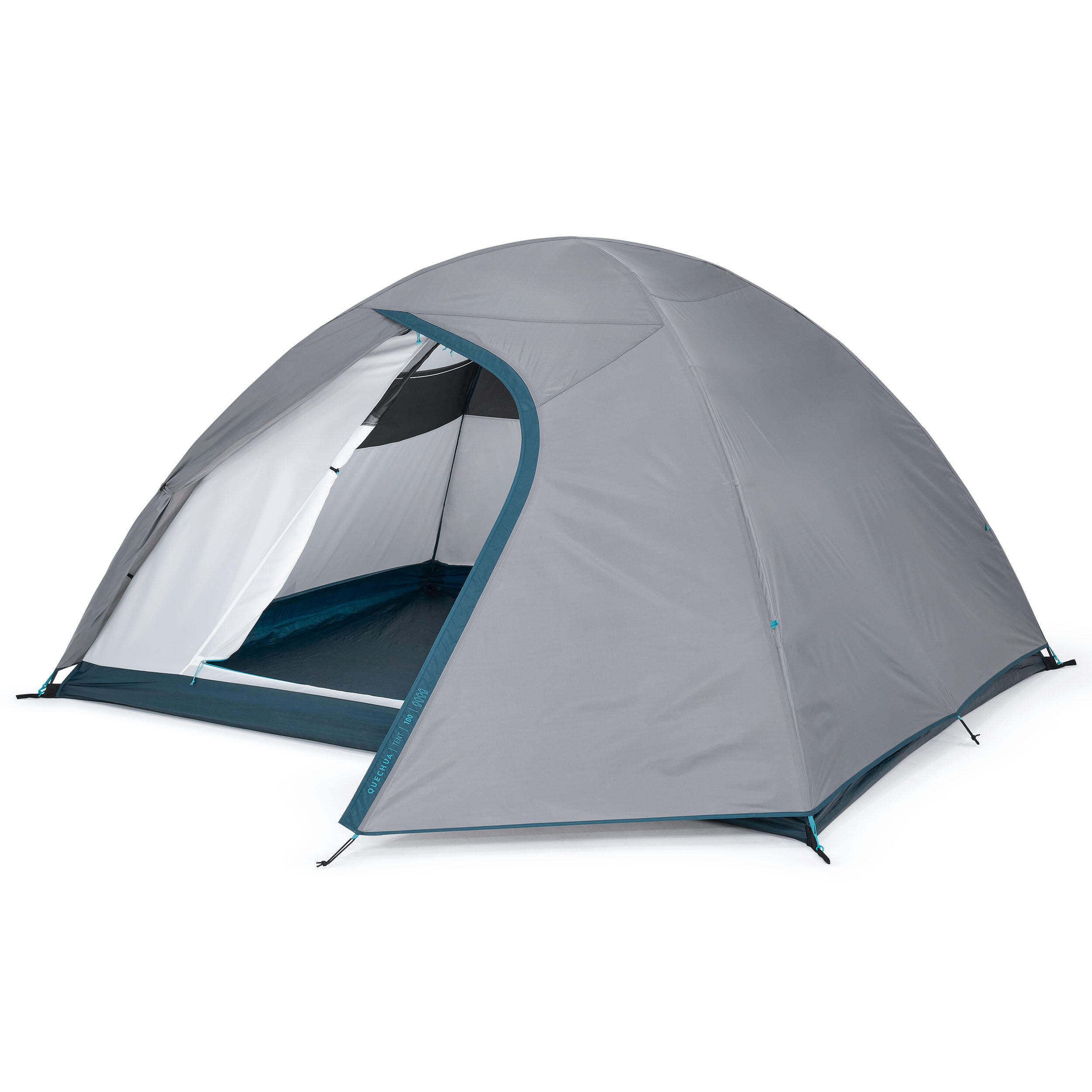
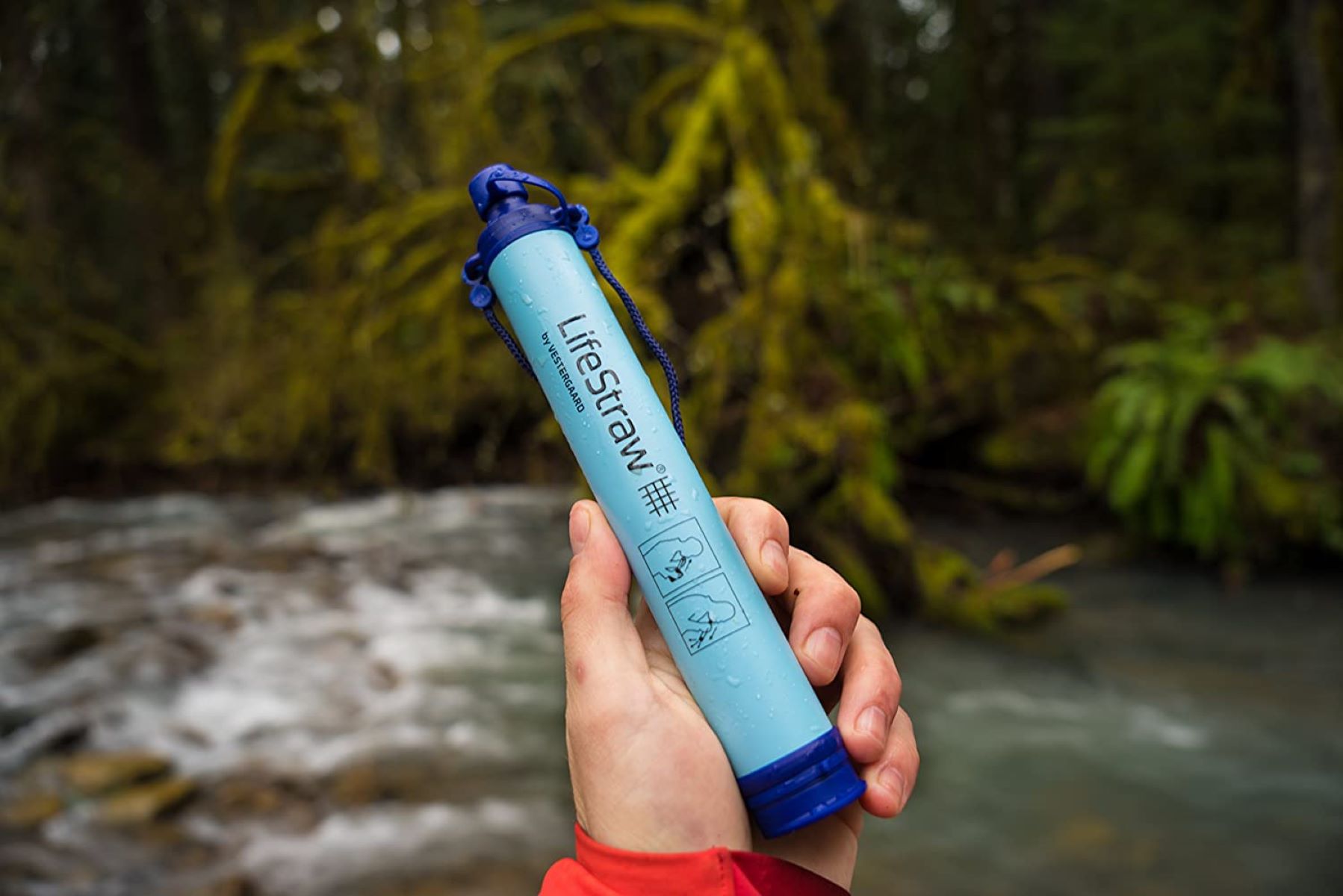

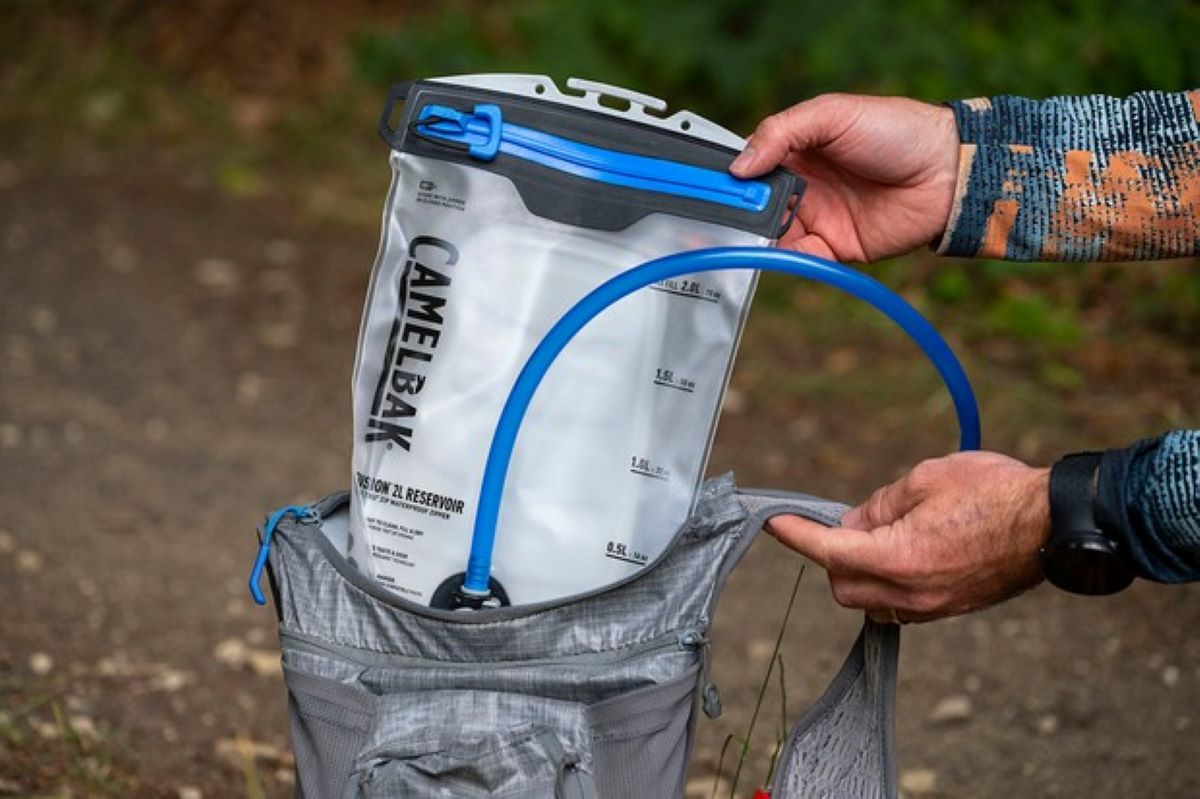
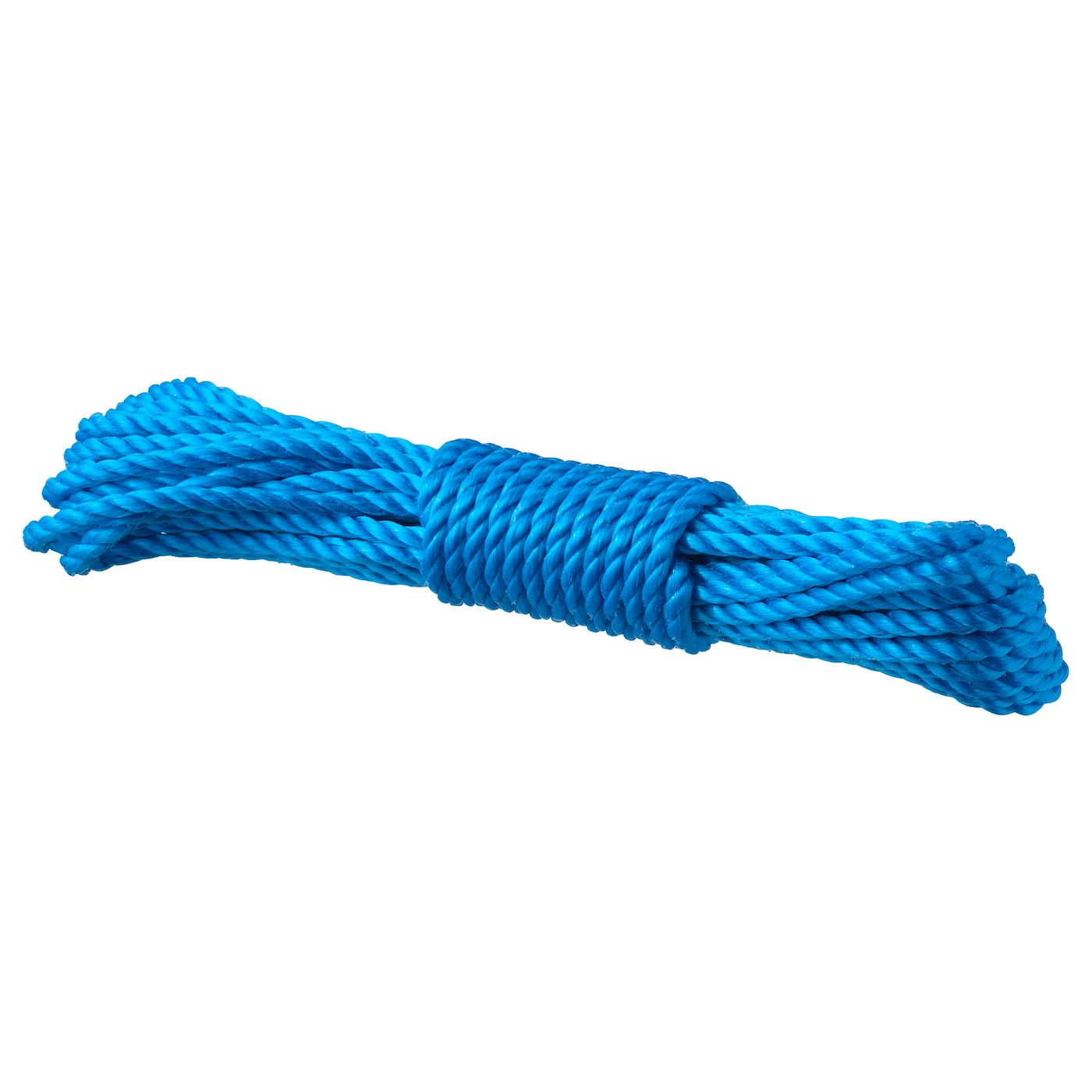

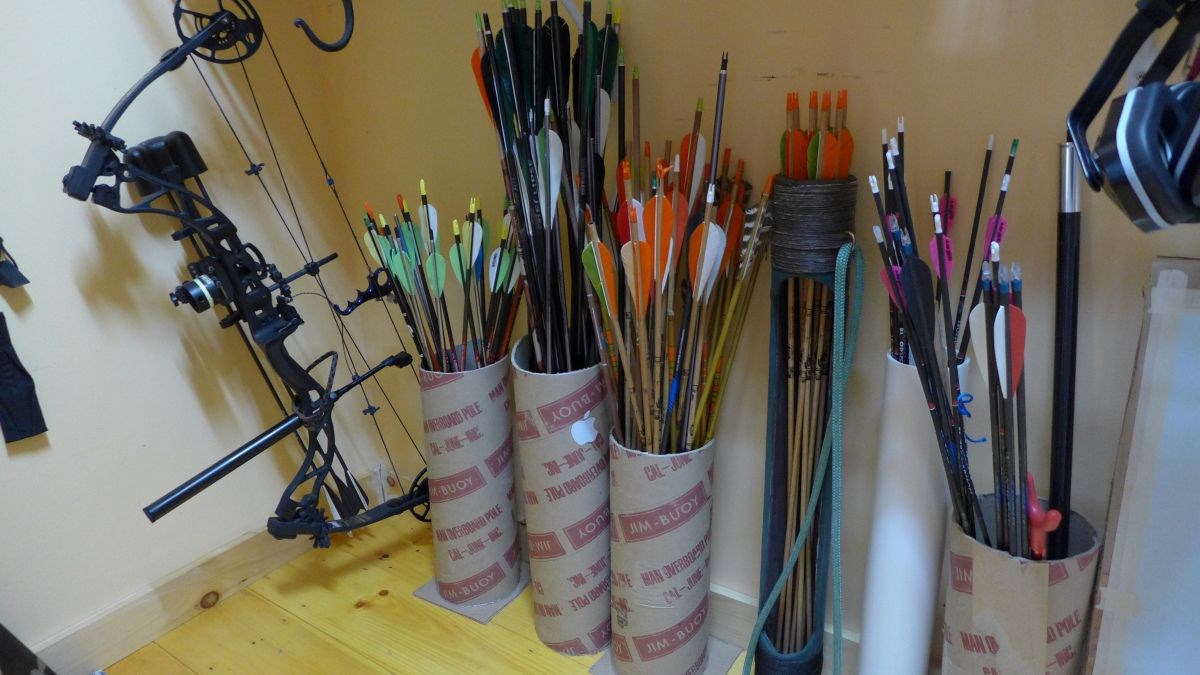
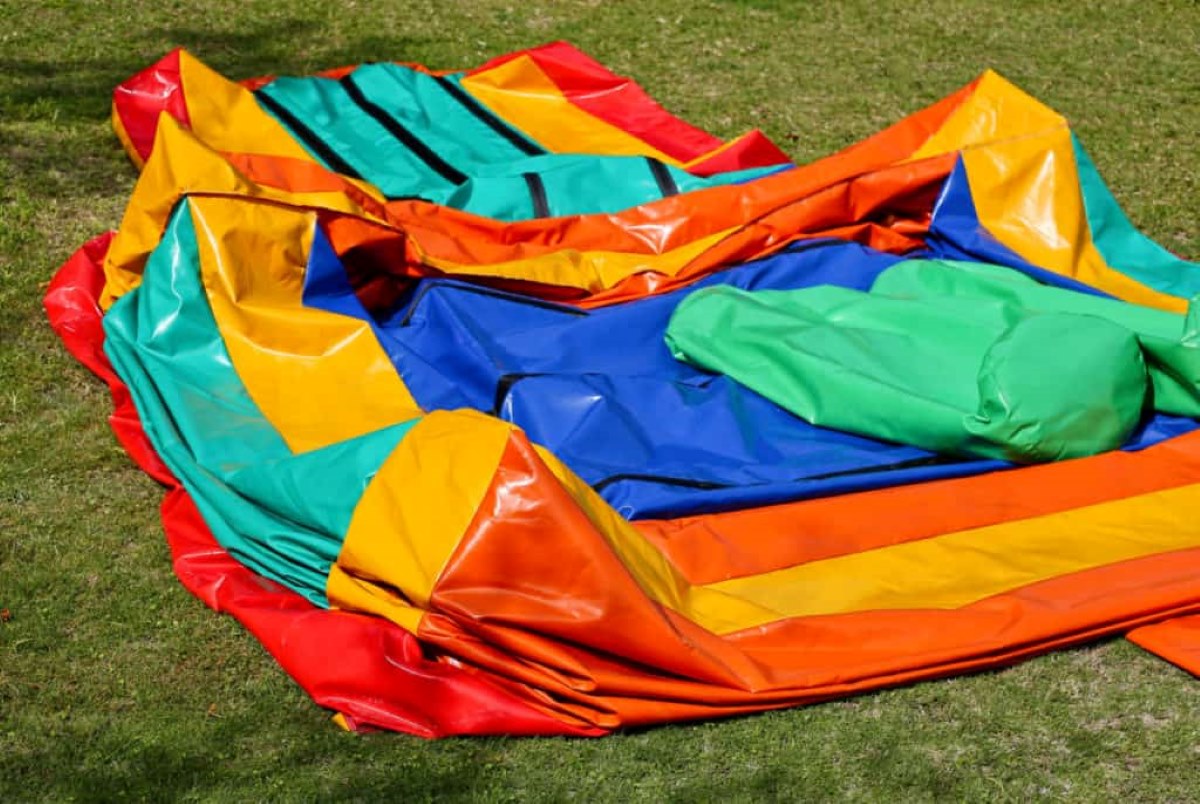
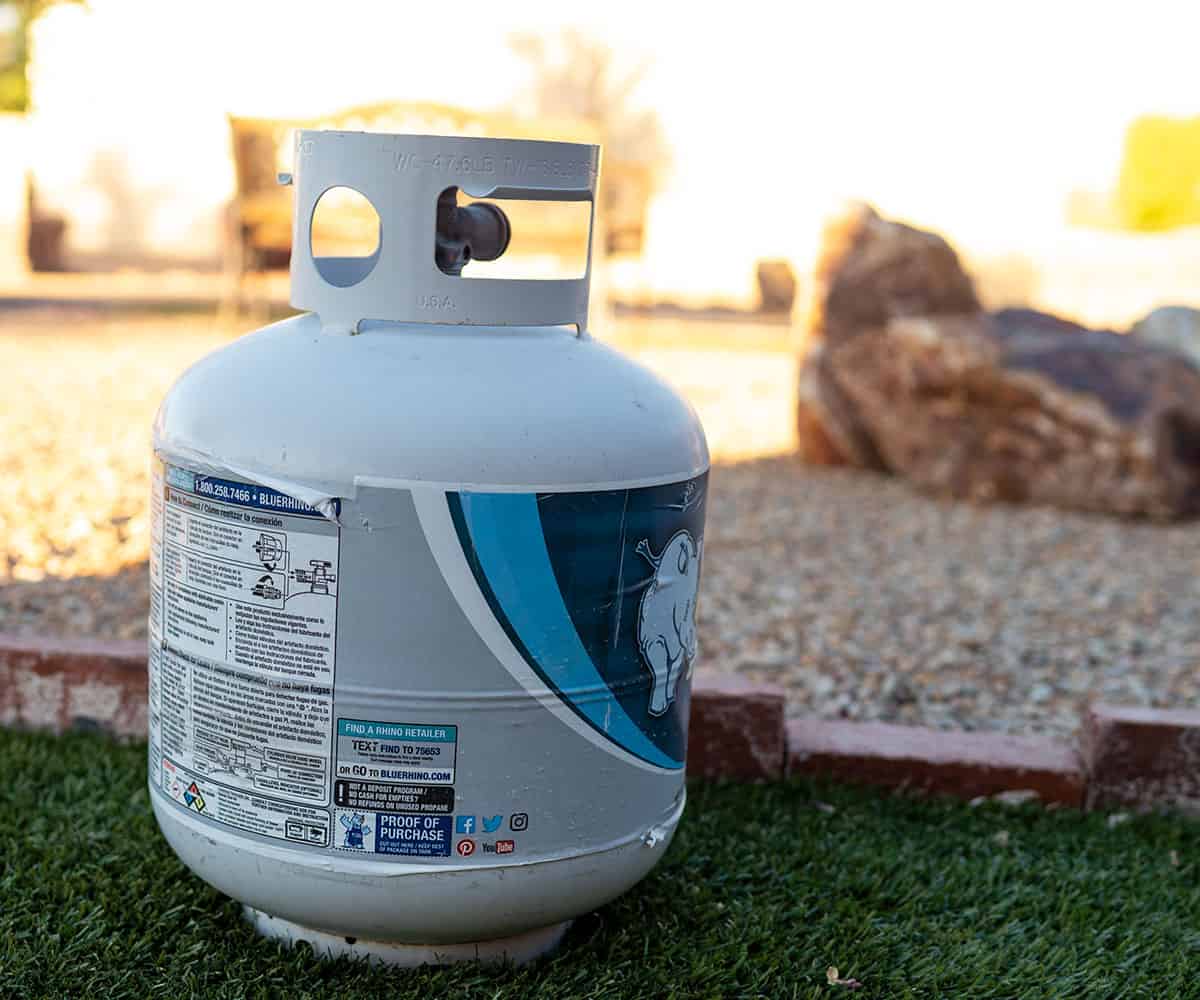
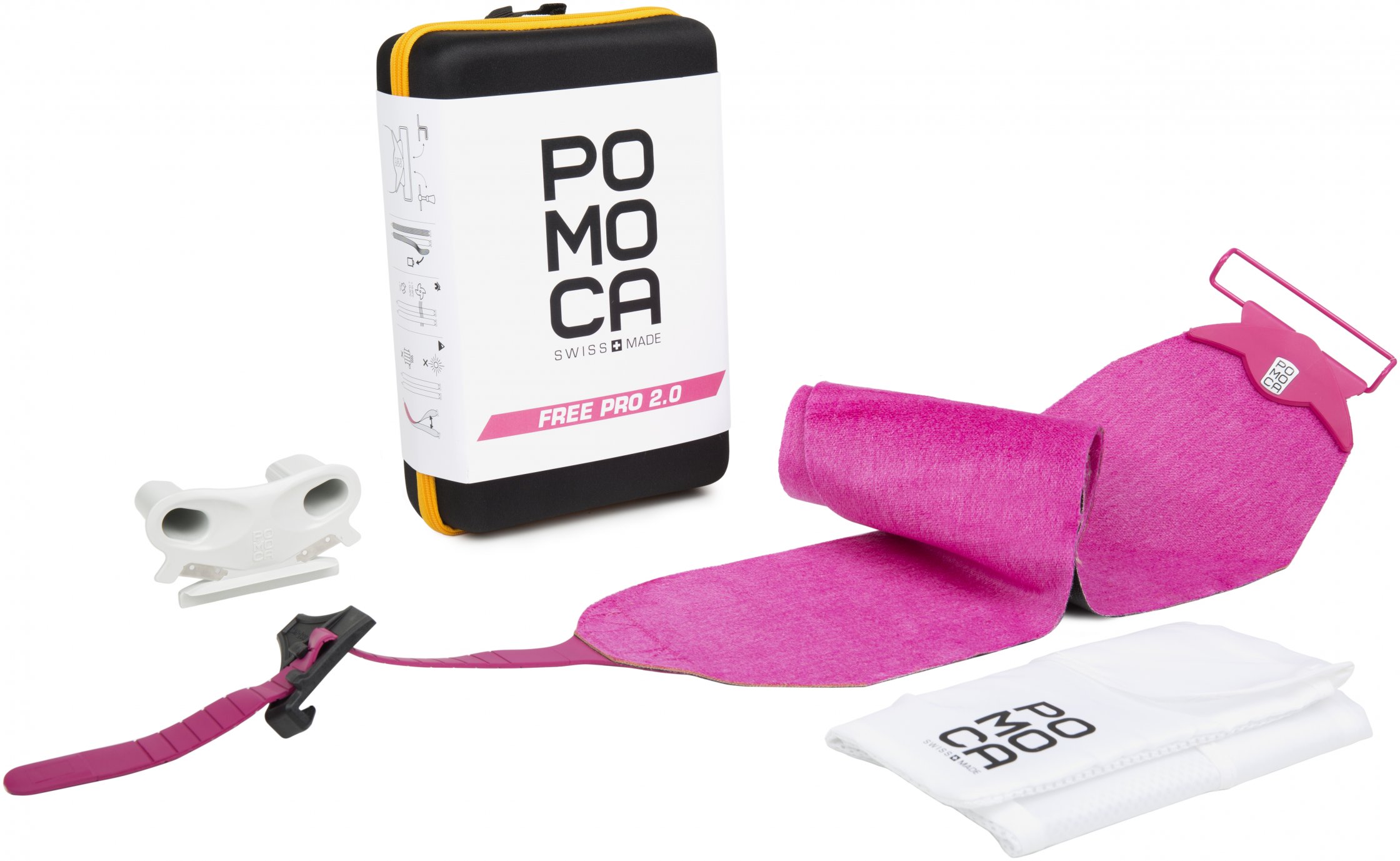
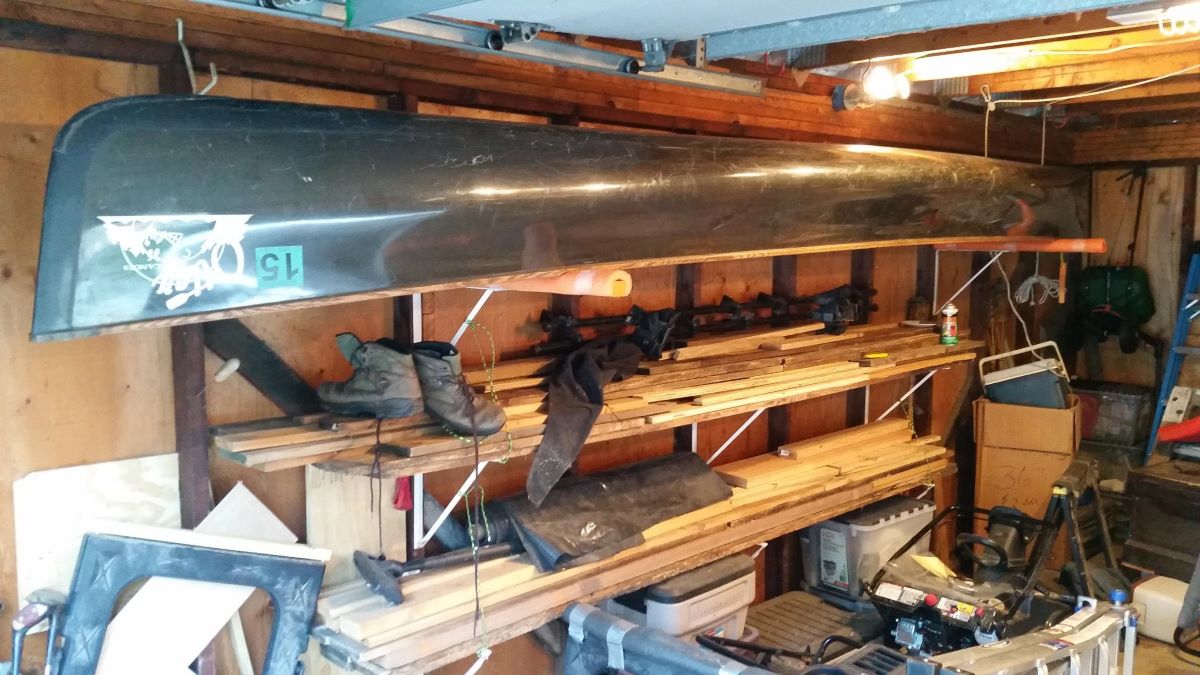
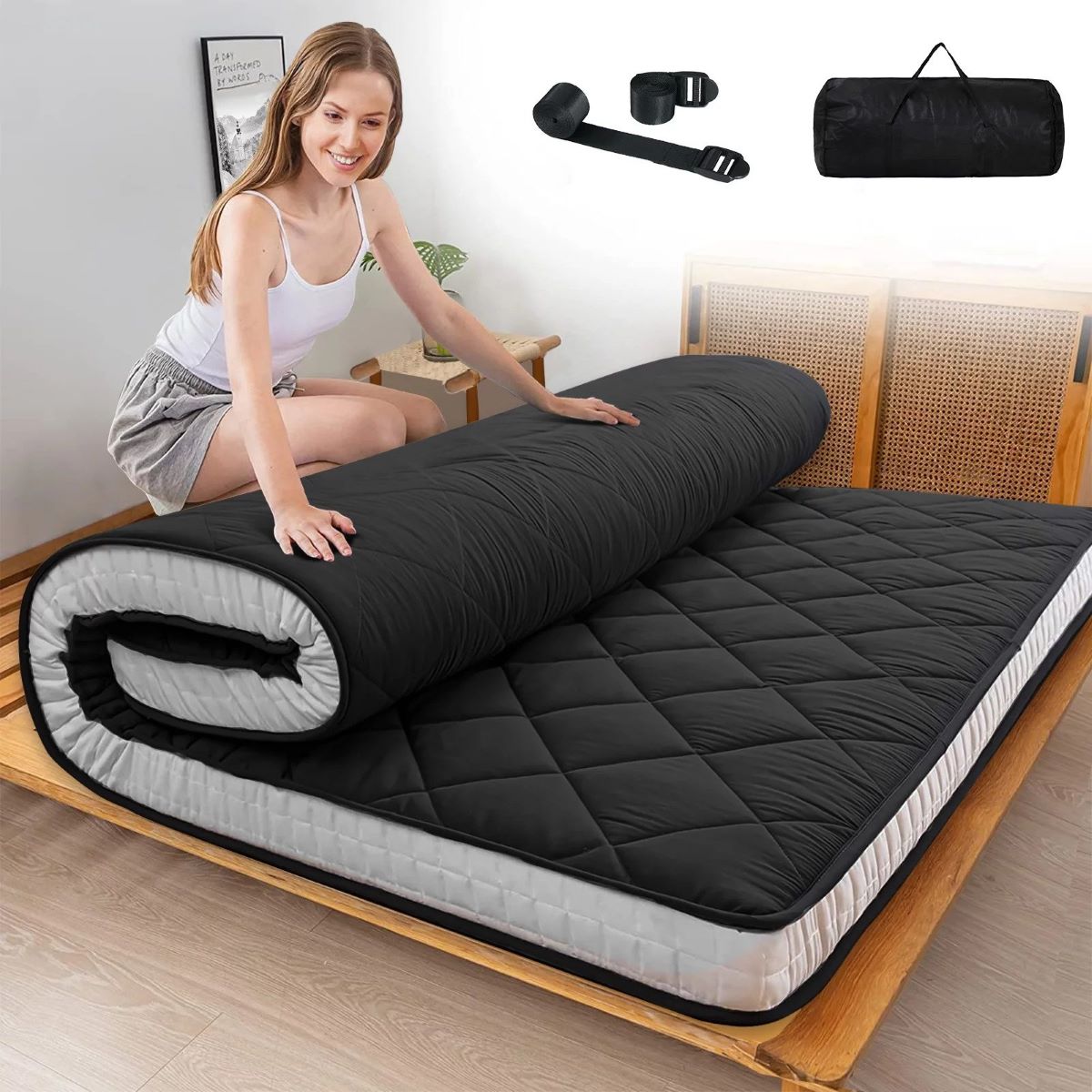

0 thoughts on “How To Store Workout Equipment”